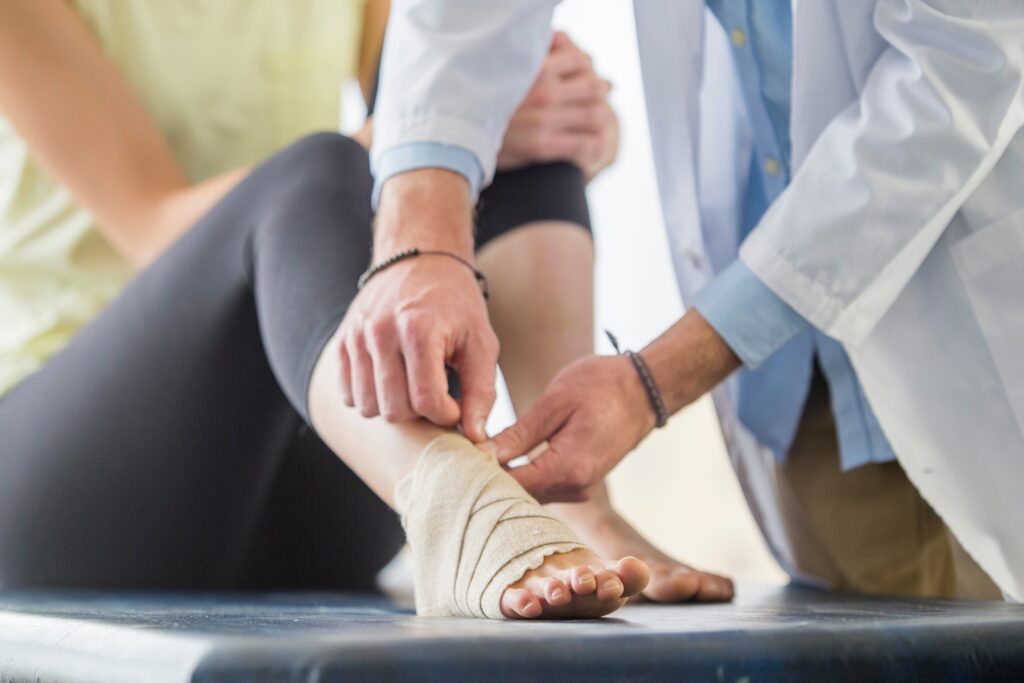Dancing is a fun and healthy activity that many children enjoy. It helps improve coordination, balance, flexibility, and confidence. But like any physical activity, dancing can sometimes lead to injuries, especially if proper care and safety practices are not followed.
For parents, teachers, and young dancers, it’s essential to be aware of the most common injuries and how to prevent them. When children dance safely, they can enjoy their classes more and build skills that last a lifetime.
Why Dance Injuries Happen in Kids
Children are still growing, which means their muscles, bones, and joints are more susceptible to damage than those of adults. They may not always understand the limits of their bodies, and as a result, they may push too hard to master a move or keep up with others. Additionally, children may forget to warm up, wear the correct shoes, or rest when they are tired, all of which can increase the risk of injury.
Injuries can happen in any type of dance. Some occur suddenly, while others develop over time from repeated movements or incorrect technique.
Common Dance Injuries in Children
1. Sprained Ankles
Ankle sprains are very common, especially in styles such as ballet or jazz, where jumps, turns, and quick footwork are frequently used. This injury happens when the ankle twists too far, stretching or tearing the ligaments. It can cause swelling, pain, and difficulty walking.
2. Knee Pain
Knee injuries often occur when there’s too much pressure on the joint or when a child lands badly from a jump. Patellofemoral pain (pain at the front of the knee) is common in growing dancers. It can come from poor alignment or overuse.
3. Shin Splints
Shin splints cause pain along the front of the lower leg and typically result from repeated impact, such as jumping or running without proper support. They can also be linked to poor footwear or hard dance floors.
4. Muscle Strains
Muscle strains can happen when a child overstretches or flicks. Hamstring or groin strains are common in dance, especially when dancers do not warm up properly or attempt moves they are not ready for.
5. Stress Fractures
These are tiny cracks in the bone caused by repetitive force or overtraining. They are more common in the feet and lower legs. If not treated, stress fractures can get worse over time and lead to serious issues.
6. Toe and Foot Injuries
In ballet, toes take a lot of pressure, especially when working on pointe or in demi-pointe. If the shoes do not fit properly, or if the child does too much too soon, it can cause blisters, bruised toenails, or more serious injuries.
How to Prevent Dance Injuries
Warm Up and Cool Down Properly
Every dance class should begin with a proper warm-up. Warming up helps get the blood flowing, loosens the muscles, and prepares the body for movement. A cool-down after class is just as important, as it helps the body recover and relax.
Simple warm-up ideas:
- Gentle stretching
- Light cardio, like jogging on the spot
- Arm and leg swings
Focus on Good Technique
Learning the proper technique from the start helps reduce the risk of injury. Dance teachers should give clear instructions and correct posture when needed. Children should never be rushed into complex moves before they are ready.
At Kew School of Dance, our instructors pay close attention to technique and alignment, helping young dancers build strong and safe foundations.
Wear the Right Dancewear
Shoes that fit well and match the dance style are essential. Dancers should never wear socks on slippery floors. Clothes should allow for unrestricted movement without being too loose or too tight.
Make sure your child wears:
- Ballet shoes for ballet
- Jazz shoes for jazz
- Tap shoes for tap
- Comfortable, breathable clothing
Use Safe Dance Spaces
Dancing on hard or uneven floors increases the risk of injury. Dance studios should have sprung floors, which help absorb impact and protect joints. Ensure your child always dances in a safe and secure space.
Avoid Overtraining
Doing too much dancing without enough rest can lead to overuse injuries. Children should have rest days to let their bodies recover. It’s also essential they don’t take back-to-back classes without a break.
If your child loves to dance every day, balance it with gentle stretching, swimming, or walking to reduce pressure on the same muscles.
Stay Hydrated and Eat Well
Good nutrition supports strong bones and muscles. Children should drink water before, during, and after dance class. A healthy snack after class can also help with recovery.
Great snack options:
- Yoghurt with fruit
- Wholegrain crackers with cheese
- Banana with peanut butter
Listen to the Body
Teach children to pay attention to how their bodies feel. If something hurts, they should stop and let the teacher or parent know. Pushing through pain can turn a minor problem into a serious injury.
When to See a Health Professional
Sometimes, rest at home is enough to treat minor dance injuries. But if your child has ongoing pain, swelling, or can’t dance as usual, it’s best to see a doctor or physiotherapist. Seeking help early can prevent more significant problems later.
Signs to watch for:
- Pain that doesn’t go away
- Trouble walking or standing
- Swelling that lasts more than a day
- Clicking or locking in joints
Conclusion
Dance is a fantastic activity for children, but like all sports, it comes with some risks. The good news is that many dance injuries can be prevented with the proper habits, supportive teachers, and a focus on safety.
Kew School of Dance cares about your child’s well-being just as much as their dancing. Our classes are designed to be fun, safe, and supportive, helping young dancers build strong skills and stay injury-free. To learn more about our classes, contact us at 03 9123 8458 or 0410 311 008.








